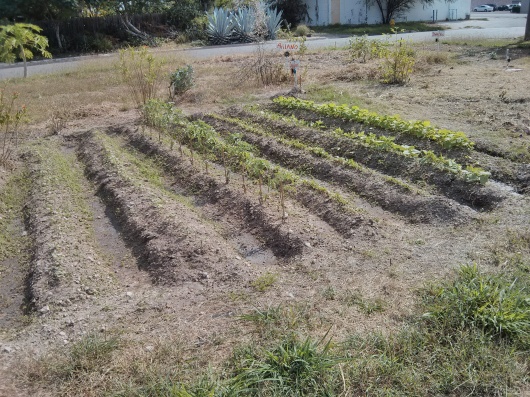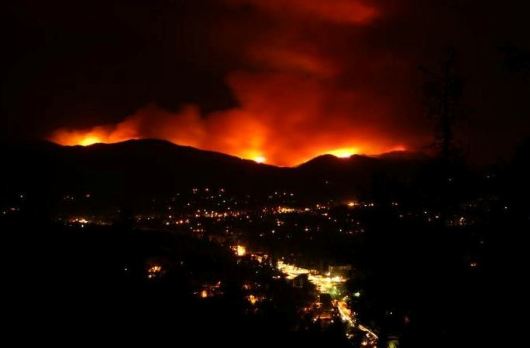Welcome!
First off, I would to wish everyone in the Northern Hemisphere a cozy and warm holiday season full of friends, family and love. If you are in the Southern Hemisphere, I still wish you the friends, family and love, but here’s hopin’ you manage to find all of those things on a sunny beach with sand between your toes.
Now, down to business. (serious face)
I wanted to share some thoughts and concepts that strongly influence my understanding of soil and how we should interact with it.
1. Tilling the soil is an extractive process.

Yeah, that’s right, plowing or turning the soil up is similar to mining in that it disturbs the soil structure and makes the nutrients present at the time more readily available for extraction by crops you are probably going to plant in the wake of your plowing. This big idea showed up when I was reading a Masanobu Fukuoka book “One Straw Revolution” and then it jumped out at me again when I was reading Joel Salatin’s book “Folks, This Ain’t Normal” a few years later. Both instances were calling into question the necessity of tilling when you consider the long term repercussions on the tiny world of air, minerals, liquids, solids, microorganisms, insects and everything else that calls your soil home. I’m not saying that tillage destroys your soils, although some people would definitely say that. I just think that if we truly take into account the impact that tilling has on our soils, we might treat it more like the hard reset or major disturbance that it is, rather than accepting it as a natural part of agriculture because it is how everyone has always done it. Don’t believe me? Quit tilling, start building a thick, mulchy organic layer on top of your soil instead and see what happens!
2. The Carbon is going to break down anyway, just find a way to use it to your advantage.

In lots of forums and other articles that I read covering topics from heating homes with twigs to the climate change implications of international economic development, I am never more than 2 paragraphs away from a convenient factoid pointing out that Carbon, as highlighted by their snapshot metric, is either present in some form in a dangerous amount, or is transitioning into another form at an alarming rate. The real error with that kind of thinking and evidence use is that it fails to embrace our cyclical relationship with Carbon. We need to either accept that the Carbon Cycle is just that, a cycle, and interact with it as the system it is, or be banished to the madness of counting cow burps and trying to stop the Carbon treadmill aka. the biosphere from doing its job (which happens to include keeping us alive).
To bring this back to a more local, in-my-own-backyard scale, we can talk about how we go about making our soils. One of the best soil amendments around is compost. Compost, varying widely in recipe and processing methods, generally consists of organic materials (plants or animals) that have been broken down by microorganisms into more plant friendly macro-molecules over time. Another word for this process is called rotting. Another term, still, could be some form of digestion. This is where we get into the similarities between the many different ways that organic materials can be broken down.
Let’s take a stick of celery, for example. Whether the celery is eaten by me, eaten by a cow, rotted in a compost pile, or tossed into a blazing inferno to power a new celery-fueled passenger jet, there will be some energy released and some greenhouse gases produced as byproducts (probably CO2 or Methane, among others). Are these different processes the same? No, they are only as similar as humanure is to cow manure is to compost is to the smoke that comes out of a car’s tail pipe. Rather than trying to prevent these processes from happening, though, the differences in these similar processes can and should be leveraged to bolster the Carbon Cycle and maintain the beneficial (i.e. fertile) states of Carbon like organic matter in soil.
The bottom line is, if you need the heat, burn the Carbon, if you need the humus, then let it rot and then feed it to worms. Either way, we can’t even dodge the Carbon Cycle ourselves, so we might as well know what we want and manage the processes in the system to the best ends we can.
Happy Holidays!
